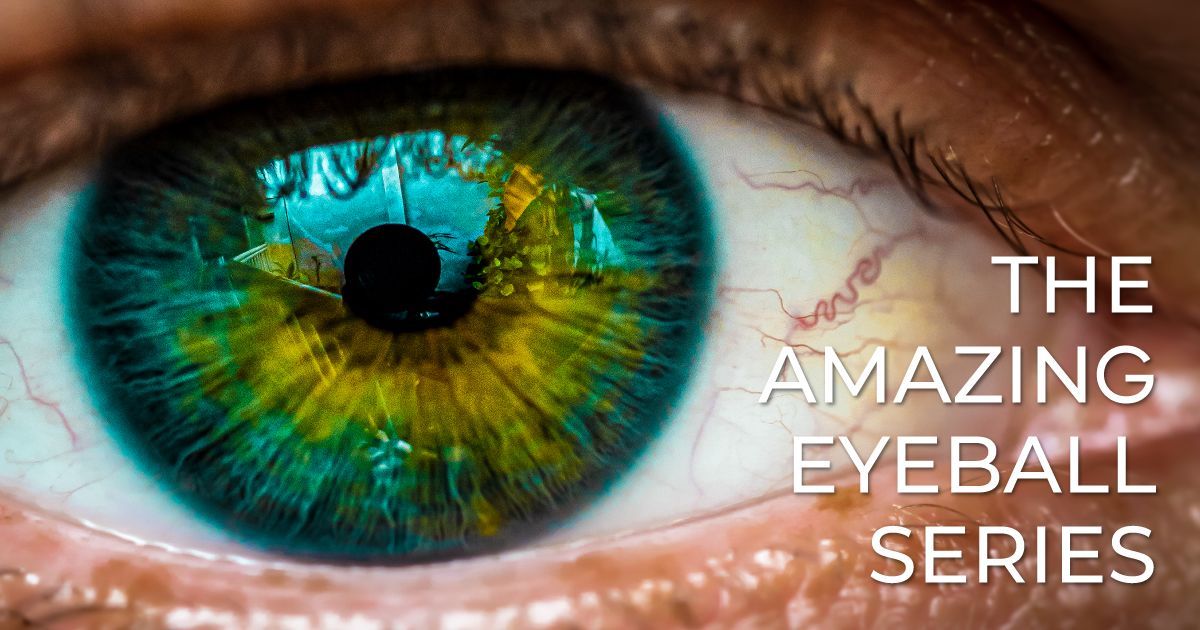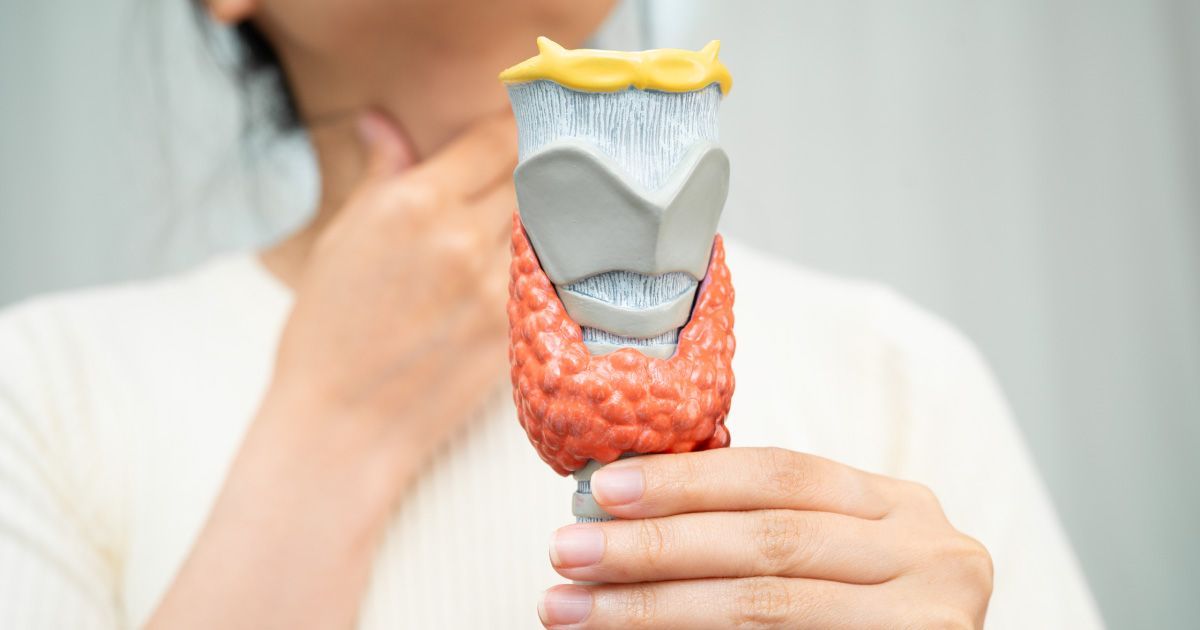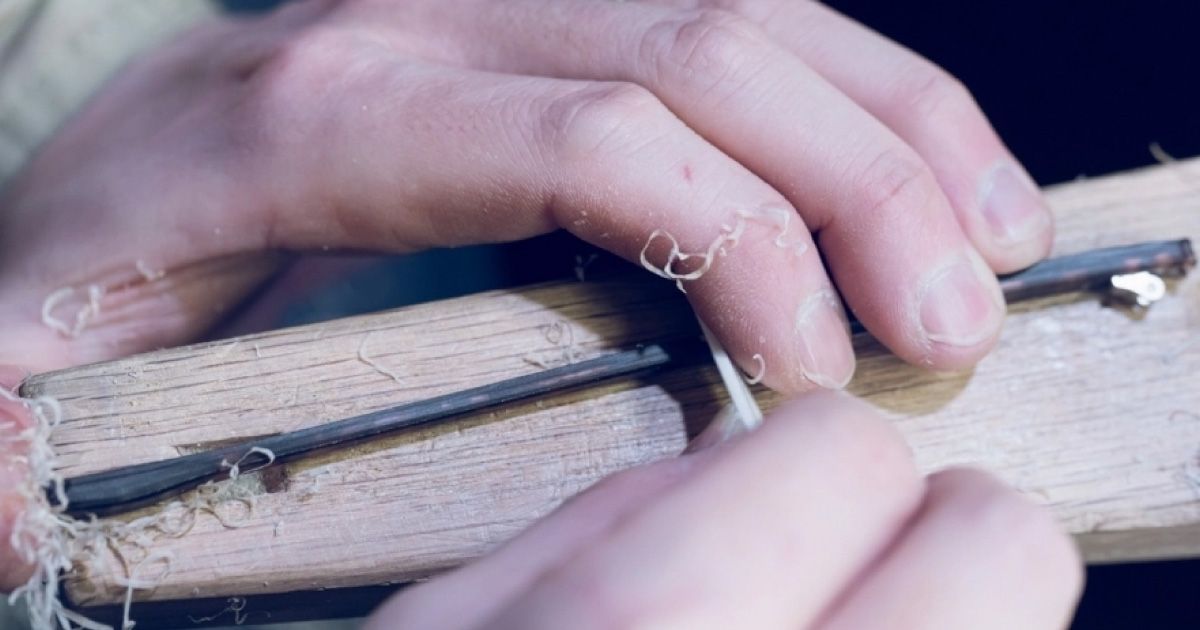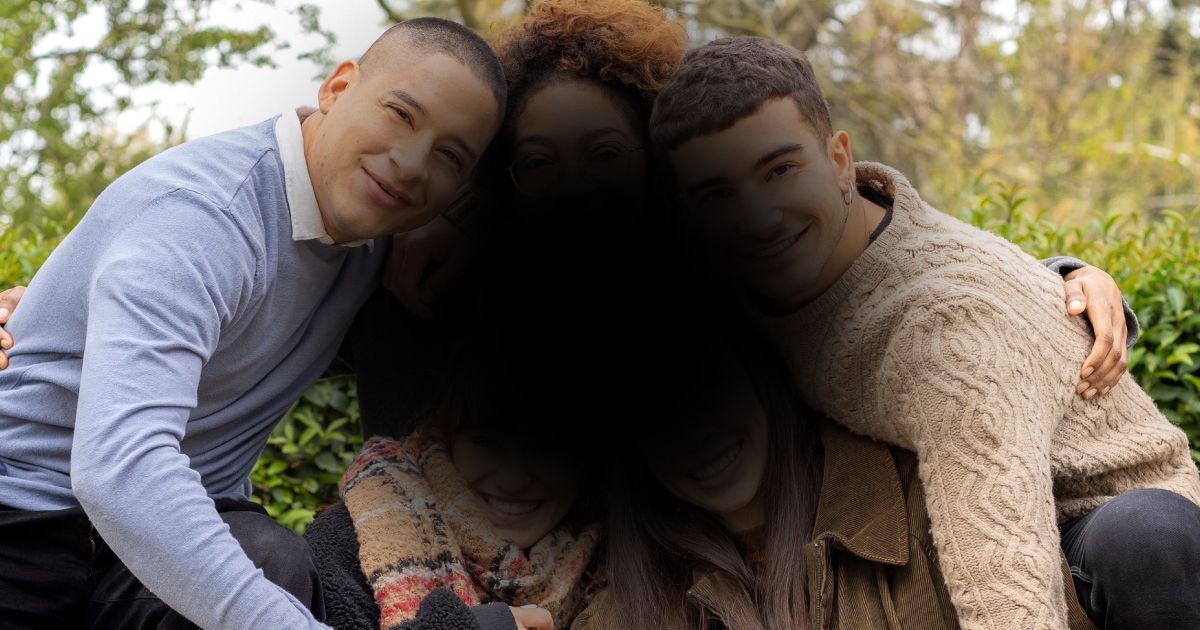The Amazing Eyeball: Part 3 - The Fluids of The Eye

Welcome to The Amazing Eyeball, a comprehensive 10-part series exploring the intricate structures that make up one of the body’s most remarkable organs - the human eye. Each article in this series delves deep into the anatomy and function of different parts of the eye. Throughout the series, we’ll uncover how these structures work together to produce the miracle of sight, along with insights into common eye conditions, cutting-edge treatments, and the eye’s natural healing abilities. Whether you're fascinated by the eye's biology or eager to learn how to protect your vision, this series will take you on a journey through the wonders of the human eye.
The Fluid Within: Understanding the Role of Aqueous and Vitreous Humor
Read time: 6 minutes
When we think about the anatomy of the eye, many people focus on visible structures like the cornea or the iris. But beneath these well-known components lie essential fluids that support the eye's shape, nourish tissues, and ensure optimal vision. These fluids are known as the aqueous humor and the vitreous humor, each playing a crucial role in maintaining eye health.
In this article, we will explore these important eye fluids, how they function, the conditions that can affect them, and how they contribute to the overall health of your vision. This article is part of our ongoing series on the makeup of the eyeball. If you haven’t yet, be sure to check out our previous articles on the retina and cornea, as each structure is intricately connected to how our eyes work as a whole.
What is Aqueous Humor?
The aqueous humor is a clear, watery fluid found in the anterior chamber of the eye, which is the space between the cornea and the lens. It is produced by the ciliary body, a structure located behind the iris, and is continuously replenished. Aqueous humor plays several key roles in eye health:
- Maintains Eye Pressure: The aqueous humor helps to maintain intraocular pressure (IOP), which keeps the eye’s shape and ensures proper function. This pressure must be regulated carefully to prevent damage to the optic nerve.
- Nourishes the Cornea and Lens: Since these structures don’t have their own blood supply, the aqueous humor provides essential nutrients, such as oxygen and glucose, and removes waste products.
- Facilitates Drainage: The aqueous humor constantly flows out of the eye through a network of channels called the trabecular meshwork and into the Schlemm’s canal, helping to regulate pressure. When this drainage system is impaired, it can lead to conditions like glaucoma.
Aqueous Humor and Glaucoma
One of the most well-known conditions affecting aqueous humor is glaucoma, a group of eye diseases that can cause vision loss due to increased intraocular pressure. This occurs when the aqueous humor doesn’t drain properly, leading to a buildup of pressure that damages the optic nerve.
There are two main types of glaucoma:
- Open-Angle Glaucoma: The most common form, where the drainage angle between the iris and cornea remains open, but the trabecular meshwork gradually becomes less effective at draining fluid. This type progresses slowly and often without noticeable symptoms, making regular eye exams essential for early detection.
- Angle-Closure Glaucoma: This occurs when the drainage angle is completely blocked, causing a sudden rise in eye pressure. Angle-closure glaucoma is a medical emergency that can cause rapid vision loss if not treated promptly. Symptoms may include severe eye pain, blurred vision, nausea, and seeing halos around lights.
Proper management of glaucoma often involves medications, such as eye drops that reduce the production of aqueous humor or improve fluid drainage. In more advanced cases, surgical interventions like trabeculectomy or laser therapy may be necessary to lower eye pressure.
What is Vitreous Humor?
While aqueous humor fills the front of the eye, the vitreous humor is found in the posterior chamber, which makes up the large space between the lens and the retina. Unlike the constantly replenishing aqueous humor, the vitreous humor is a gel-like substance that remains mostly unchanged after birth. It provides structural support and helps the eye maintain its round shape.
The vitreous humor also plays several other roles:
- Cushions the Retina: The vitreous humor acts as a shock absorber, protecting the retina from injury or detachment by keeping it in place.
- Maintains Eye Shape: The gel-like consistency of the vitreous humor ensures that the eye maintains its spherical shape, which is important for proper light refraction and focus.
- Light Transmission: Vitreous humor is mostly transparent, allowing light to pass through to the retina with minimal distortion. However, changes in the vitreous over time can affect vision.
Age-Related Changes in the Vitreous Humor
As we age, the vitreous humor gradually begins to break down and lose its gel-like consistency. This process can lead to several common visual phenomena, including:
- Floaters: Tiny clumps of collagen fibers in the vitreous can cast shadows on the retina, creating the appearance of floating spots or threads in your vision. These floaters are usually harmless, but a sudden increase in floaters can indicate a more serious condition like retinal detachment.
- Posterior Vitreous Detachment (PVD): Over time, the vitreous humor may shrink and pull away from the retina, a condition known as posterior vitreous detachment. PVD is a common part of aging and doesn’t usually cause vision loss, though it can lead to an increase in floaters and flashes of light. However, in rare cases, PVD can lead to retinal tears or detachment, which requires prompt medical attention.
Vitreous Detachment vs. Retinal Detachment
While posterior vitreous detachment (PVD) is typically a normal age-related process, it can occasionally lead to more serious conditions like retinal detachment. This occurs when the retina separates from the back of the eye, cutting off its blood supply and leading to potential vision loss if not treated quickly.
Signs of retinal detachment may include:
- A sudden increase in floaters or flashes of light.
- A shadow or "curtain" over part of your vision.
- Blurred or distorted vision.
Retinal detachment requires immediate medical intervention, often through surgery, to reattach the retina and preserve vision.
Maintaining the Health of Aqueous and Vitreous Humor
While some changes in the aqueous and vitreous humor are inevitable with age, there are steps you can take to maintain their health and reduce the risk of complications:
- Manage Eye Pressure: Regular eye exams can help monitor your intraocular pressure and detect early signs of glaucoma. If you are at risk, your eye doctor may prescribe medications to manage your eye pressure.
- Protect Your Eyes: Wearing protective eyewear during sports or high-risk activities can prevent injuries that could affect the vitreous and retina. UV-protective sunglasses can also shield your eyes from damage caused by ultraviolet rays.
- Maintain a Healthy Diet: Nutrients such as omega-3 fatty acids, vitamin C, lutein, and zinc support overall eye health. Eating leafy greens, fish, and foods high in antioxidants can help nourish the eyes and prevent degenerative changes in the eye’s fluids.
- Stay Hydrated: Staying properly hydrated can help ensure that the aqueous humor remains balanced, keeping the cornea and lens healthy.
- Avoid Smoking: Smoking has been linked to a higher risk of developing eye diseases, including glaucoma and macular degeneration. Quitting smoking can improve overall eye health.
- Control Blood Sugar Levels: If you have diabetes, managing your blood sugar is essential to preventing diabetic retinopathy, which can damage the blood vessels in the retina and affect the vitreous humor.
Medical Interventions for Vitreous and Aqueous Issues
For more serious conditions affecting the aqueous or vitreous humor, medical interventions may be necessary:
- Vitreoretinal Surgery: In cases of retinal detachment or severe vitreous hemorrhage, vitreoretinal surgery can remove the vitreous humor and replace it with a gas or oil bubble to reattach the retina.
- Glaucoma Surgery: For patients with advanced glaucoma, surgical procedures like trabeculectomy, laser treatment, or implantation of drainage devices can help reduce intraocular pressure and protect the optic nerve.
The Takeaway
The aqueous and vitreous humor may not be the most visible parts of the eye, but their roles are indispensable for maintaining eye health, protecting the delicate structures of the eye, and supporting clear vision. From regulating pressure to providing structural support, these fluids work in harmony with the rest of the eye to ensure optimal function.
In the next article in our series, we’ll explore the iris and pupil, the dynamic duo responsible for controlling how much light enters your eye. Stay tuned as we continue our journey through the intricate anatomy of the eyeball!
Read the next article in this series: The Amazing Eyeball: Part 4 - The Iris and Pupil
Share this blog post on social or with a friend:
The information provided in this article is intended for general knowledge and educational purposes only and should not be construed as medical advice. It is strongly recommended to consult with an eye care professional for personalized recommendations and guidance regarding your individual needs and eye health concerns.
All of Urban Optiks Optometry's blog posts and articles contain information carefully curated from openly sourced materials available in the public domain. We strive to ensure the accuracy and relevance of the information provided. For a comprehensive understanding of our practices and to read our full disclosure statement, please click here.


















